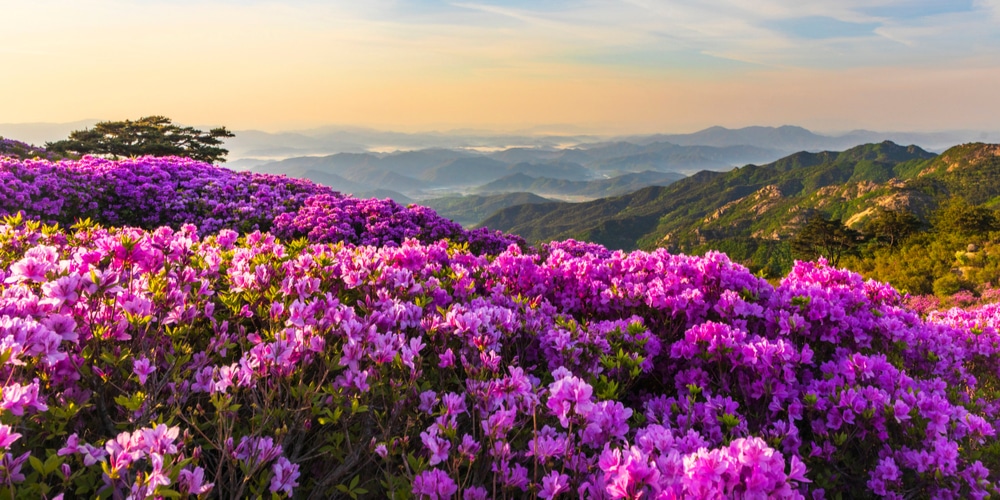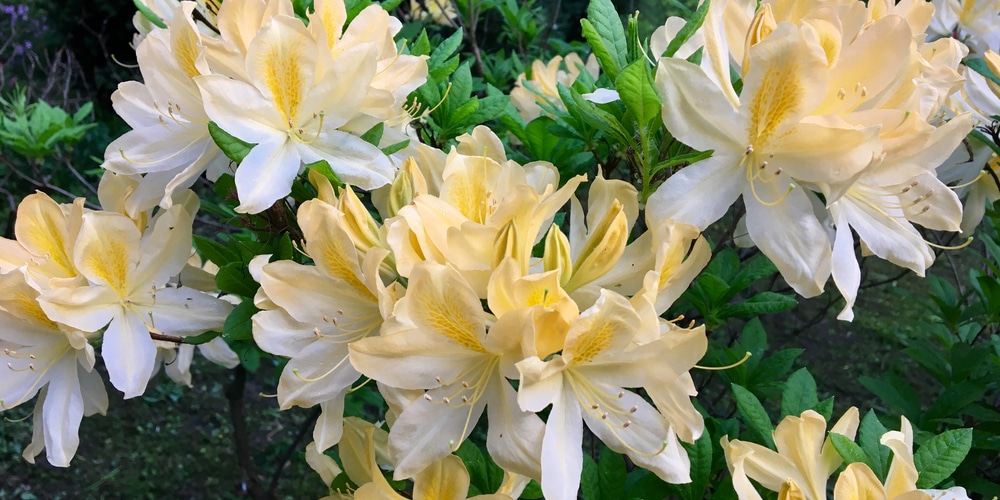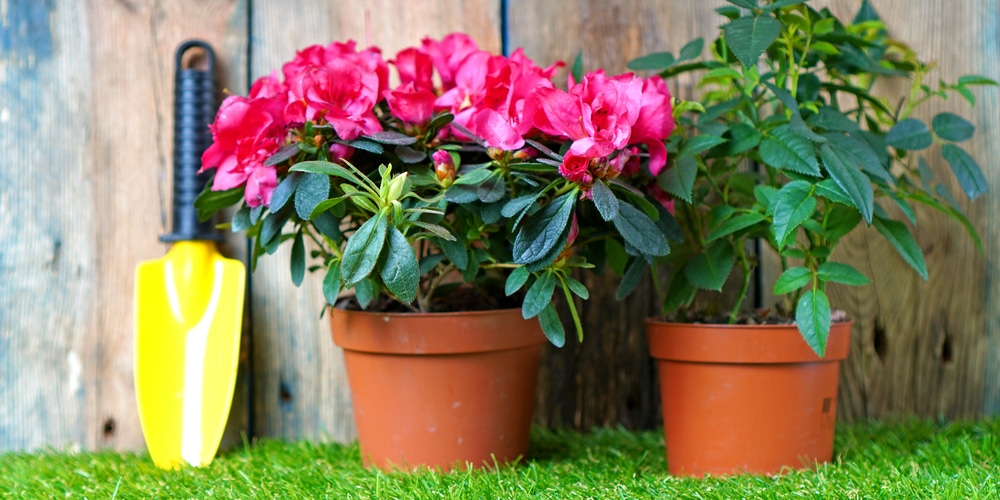Azaleas are stunning shrubs that produce brightly colored flowers with a delicate and sweet scent. If you didn’t know this already, these plants are in the same family of Rhododendrons and include over a thousand species.
You can find these plants in various colors and sizes, so you shouldn’t have issues finding one that suits your needs! The eye-catching flowers appear in the spring, between April and May.
But do bees like azaleas? And what more should you know about the relationship between these plants and these crucial pollinators?
You have landed in the right place to find out! Keep reading this essential guide to learning everything you must know on the subject.
Do Bees Like Azaleas?
Azaleas might attract bees with their colors and scents. However, these plants produce toxic nectar that might harm these insects. So, despite what you might have thought so far, not all flowering plants are suitable for attracting bees.
Azalea might not be the best option for beekeeping, not only because of its toxicity but also due to its flowering season. Indeed, azaleas bloom in April and May, when bees are not flying around for pollen yet.
Bees that get to suck azalea’s nectar might produce toxic honey (that comes with a bad taste and might be harmful to humans). That is due to the presence of grayanotoxin in the plant.
Such a compound can appear in the leaves, blooms, stems, nectar, or pollen and might even cause bees to die in the pollination process. Also, the toxins might accumulate in the honey, which might be fatal to humans.
While the toxicity of azaleas to bees might sound weird (after all, a plant’s objective should be to attract pollinators), it has its reasons.
These plants have evolved in such a way to be more welcoming to other insects, which are more effective at helping azaleas with reproduction. Jump to the following sections to learn more about which species azalea seems to attract.
What Does Azalea Attract?
Azalea seems to pose no threat to bumblebees who love to stay around these gorgeous flowering shrubs. Some researchers suggest they might have built up a tolerance for the toxins contained in the plant.
Bumblebees prefer shrubs with blue and violet flowers as their eyes might be more sensitive to such colors. But why would azalea want to get pollinated by bumblebees?
The answer is simple: these insects are larger than “traditional” bees, meaning they can carry more pollen on their wings. And their wingspan is large, which increases the probability of touching different plants with the pollen, which increases the chances of success.
Additionally, despite being toxic to bees, azalea attracts other pollinators. For instance, butterflies and hummingbirds might come to your garden during the blooming season, attracted by the vivid color, delicious nectar, and intense smells.
Strangely enough, azaleas seem to be a magnet to mosquitos. These annoying insects enjoy the moist and shady environment around such bushes and love to stay around them. Consider planting mosquito repellent plants to eliminate the problem without stopping to enjoy your stunning shrubs.
What Companion Plants Should You Add Next to Your Azaleas to Attract Bees?
If you want to attract bees in your garden, you should not add azaleas. Or, you might want to plant suitable companion plants around them to attract bees and keep your shrubs healthy.
Some of the best options include Mountain laurel and Japanese Andromeda. Both plants produce gorgeous blooms in the late summer and fall, which will keep your garden attractive for longer. Also, they are both much better options for attracting bees to your garden.
Summersweet is another excellent option. This compact shrub blooms for up to 6 weeks in the late summer and produces flowers with a delicious scent. Bees and butterflies love hanging around them!
If you need something to spice up your garden during the winter, consider adding Witch hazel.
This winter shrub is eye-catching, tolerant to most conditions, and not particularly hard to grow. While it might not attract as many bees (as the season is usually over), it will contribute to increasing the aesthetics of your garden.
Don’t forget that ideal companion plants should thrive in your USDA hardiness zone. Check before planting a new species in your garden to avoid any issues. Also, make sure the plants won’t compete for nutrients, water, or sunlight.
Related Article: Is Lavender Good For Bees?



